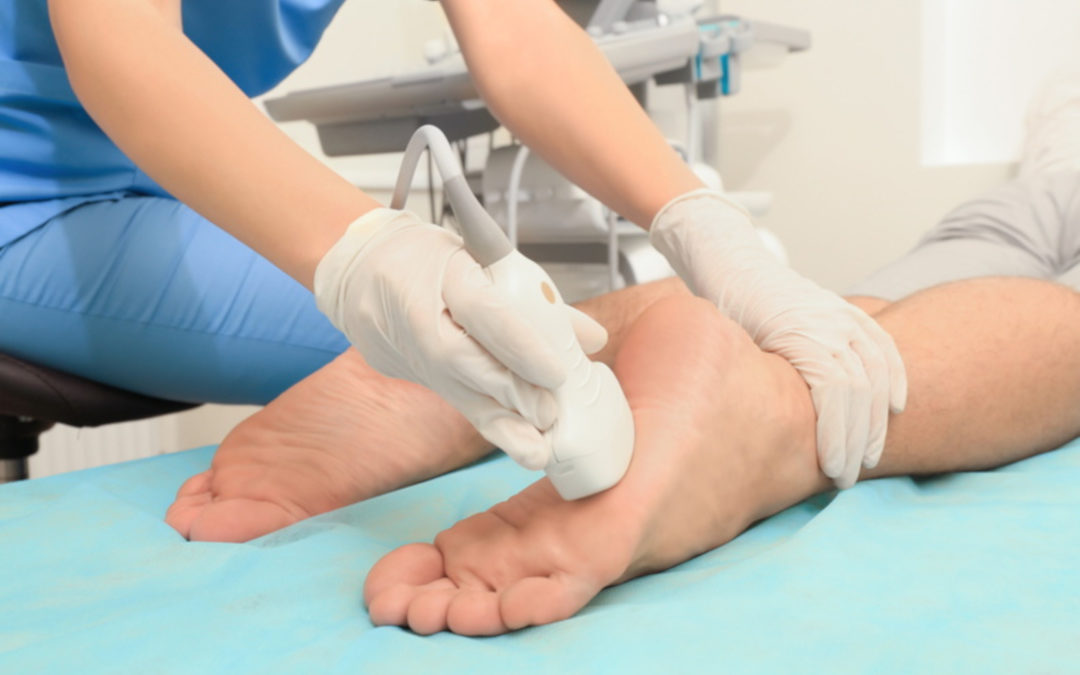Whether we’re walking, running, jumping, or climbing, our feet take a lot of abuse on a daily basis…
In fact, according to the College of Podiatry, each of us will walk approximately 150,000 miles in our lifetime – that’s equivalent to walking around the world more than six times.
It will probably come as no surprise then that suffering from foot-related problems can be a pretty common issue. This isn’t helped by the fact that each foot contains 26 small bones, making our feet one of the body’s most complex and intricate areas. In other words, we all know how painful it can be when we hurt our feet.
Fortunately, thanks to the scientific advances of modern-day medicine, treating foot problems is much easier than it used to be. In this post, we break down three commonly reported foot problems and discuss how each of them can be treated or prevented against.
Athlete’s Foot
Regardless of its name, Athlete’s Foot doesn’t just affect athletes. This fungal infection of the skin is commonly picked up at gyms, showers or swimming pools – pretty much any area where people tend to walk around barefoot.
Since it’s a fungal infection, the fungus that causes Athlete’s Foot tends to thrive in warm, damp areas. It’s incredibly contagious too, able to spread from your feet to other areas of your skin, such as your hands or scalp. Typically found between the toes, the condition causes discomfort, itchiness and pain. You’ll know you have it if your feet start to itch, crack, blister or peel.
Treating it is fairly straightforward using an antifungal spray, powder or lotion. However, if the condition worsens, doctors can prescribe stronger oral antifungal medicines to help.
Tendonitis
Tendonitis is one of the most common causes of foot or ankle pain. As its name suggests, tendonitis is caused by inflammation around a tendon – a strong, cord-like muscle which anchors your bones to your legs, feet and ankles. There are four main causes for tendonitis: overuse, abnormal foot structure, trauma or a pre-existing medical condition – more or less anything which causes the tendons surrounding your feet to become damaged.
As with most muscular injuries, the RICE (Rest, Ice, Compression, Elevation) method is the first port of call when it comes to treatment. However, if this doesn’t work, you will need to seek professional advice. A doctor, chiropodist or podiatrist will take an X-ray or tendonitis ultrasound of the affected foot, to help diagnose the problem. They will then likely prescribe you nonsteroidal anti-inflammatory drugs, and recommend some improved footwear to use in order to alleviate the pain.
Ingrown toenails
Ingrown toenails, or onychocryptosis by their medical name, are toenails which curve into the skin. They are very common and are mainly caused by any kind of trauma to the nail or nail bed. This could be from dropping something onto your foot, wearing shoes that are too small for you, or from repetitive pressure on your feet when playing certain sports.
Treating the problem depends on its severity. In non-severe cases, over-the-counter options such as antibacterial soap and good quality nail scissors can help alleviate the problem. If the ingrown toenail starts causing you pain though, it’s a good idea to get it looked at by a professional – either a doctor, podiatrist or chiropodist. They will work with you to try and take the pressure of the nail off your skin. However, if these techniques fail to address the problem, surgical treatment will be required to remove the nail.
If you suffer from one of these issues or are concerned about any other foot-related problem, the Sussex Foot Centre is here to help. Why not contact us today so that we can talk through the problem with you?


